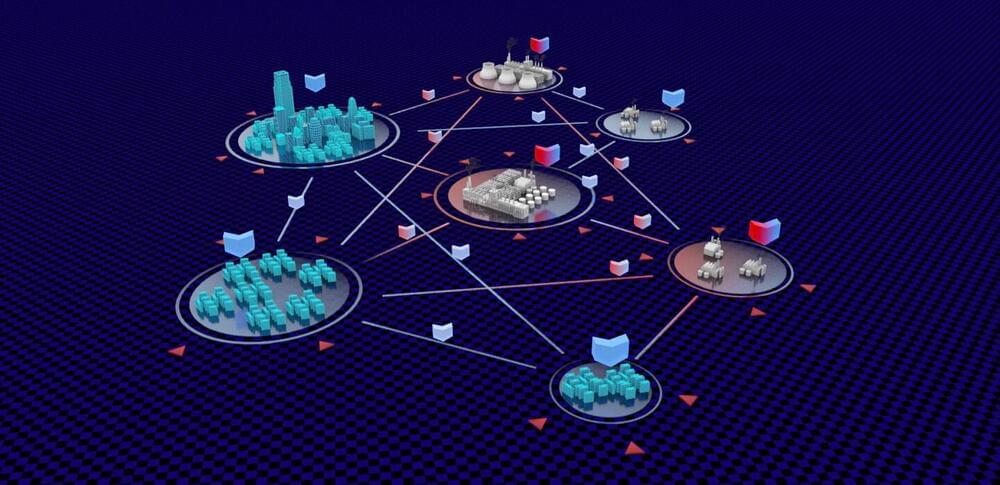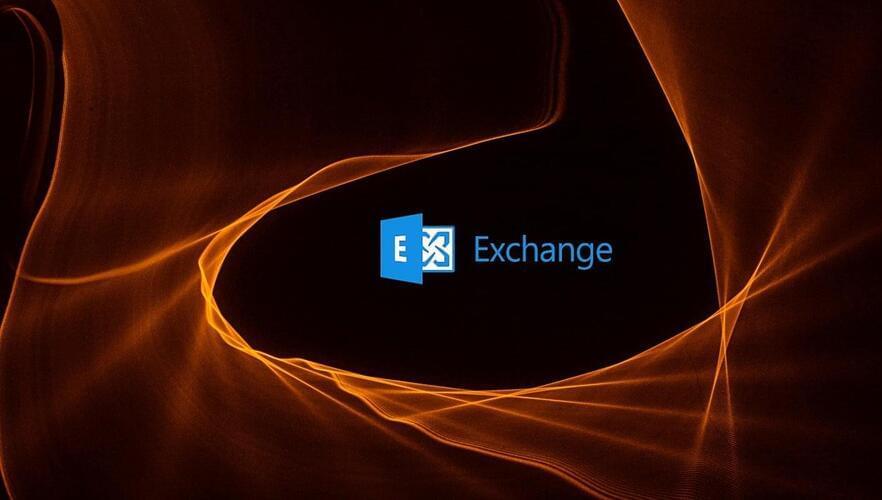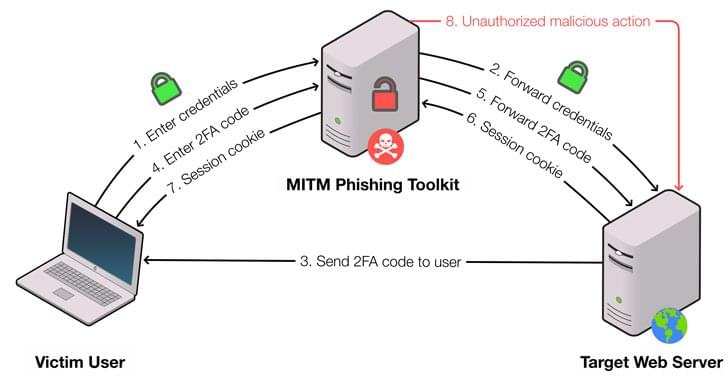Nov 28, 2021
Rogue Miners Are Using Google Cloud Servers to Mine Cryptocurrencies
Posted by Gemechu Taye in categories: bitcoin, cryptocurrencies, cybercrime/malcode, energy
Google’s cybersecurity team warns that this is neither the first nor the last time.
Cryptomining is a very energy-intensive process with analysis by the University of Cambridge showing that Bitcoin consumes more electricity than the entire country of Argentina. Now, Google has released a new report stating that malicious cryptocurrency miners are using hacked Google Cloud accounts for mining purposes.
The report is called “Threat Horizons” and it aims to help organizations keep their cloud environments secure.
Continue reading “Rogue Miners Are Using Google Cloud Servers to Mine Cryptocurrencies” »

















